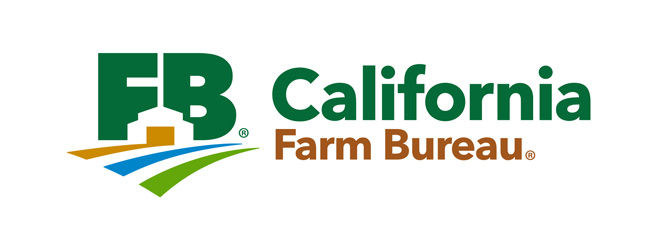
May 19, 2021 - By Dave Daley - My family has spent five generations living, working and caring for the lands, waters and wildlife that inhabit our area—while also ensuring our communities have access to high-quality protein.
From the beginning, stewardship of the land and active engagement with the natural resources around me was a necessary and inevitable outcome of our cattle operation. On private land, resource stewardship is expected: You take care of the ground you own, not only because of pride in ownership, but also because your inputs determine your output.
The same is true for public lands grazing allotments. Across the West, federal agencies manage more than 250 million acres for livestock grazing, with various levels authorized. These authorizations are based on robust environmental analysis and are adapted to ecosystem conditions.
Livestock grazing is the only multiple use that pays to improve the landscapes on which it occurs, leaving the resource more resilient. Moreover, these grazing activities are the first line of defense against threats facing incredibly expansive ecosystems. Wildfire is chief among those threats.
West-wide, ecosystems have changed. Overcautious policy to correct real or perceived wrongs in stewardship resulted in decreased active management of forests, grasslands and rangelands. The result: dense canopies more prone to fire, rangelands overgrown by invasive species after abnormally hot fires, and fires that seem impossible to stop.
The consequences of poor management, of poor adaptation to changing conditions have brought us to a place where we need swift, decisive, strategic intervention to interrupt the current fire cycle that perpetuates negative impacts of drought, fire, loss of biodiversity, decrease in watershed health and more.
Unfortunately, this is not an academic exercise for me.
In 2020, the Bear Fire consumed the mountains I have called home for my entire life. With it, the fire took my cattle, the hundred-year-old trees and the soil store of native seeds for grasses and shrubs that hold the topsoil, secure streambanks and are the forests' life source. It took deer and birds and foxes. It destroyed homes and fences and outbuildings. For a time, it destroyed hope.
I walked through smoldering trees and over hot ground, knowing the ecosystem that had once been a thriving and complex system was now a hellscape of ash and sterile dirt.
We must do better, and often the question is "how?"
Those who want to protect forests, rangelands and grasslands have sought to do so at any cost. That protection has too often meant preservation, which limits human interaction in an effort to keep ecosystems pristine. But that's not how nature works.
Ecosystems are ever changing, influenced by actions and factors that may be miles—or years—away. To keep an ecosystem healthy, it needs constant interaction and cultivation, the kind that takes coordination among state, federal and non-governmental entities. This is the kind of coordination and cooperation we see on grazing allotments. It needs to be replicated.
After last year's catastrophic fire season, California political officials, fire experts, natural resource managers and private citizens finally agreed on a few basic principles: Catastrophic fire conditions are pervasive, intervention isn't optional, and the current management system has failed. Federal and state bureaucracy intended to be protective had become restrictive. Environmental analysis intended to prevent negative outcomes had delayed critical activities.
Restoring ecologies and making landscapes more resilient means cultivating experts in environmental analysis. It means supporting ranchers who are bringing home the next generation of agriculture and land managers. It means ensuring there are healthy landscapes for future generations by investing in those who can do the boots-on-the-ground work of reseeding and prescribed fire management. It is an all-of-the-above approach that rural stakeholders have been bringing to Congress for years, in hopes that Congress would listen.
Congress has been focused on the big picture, wallowing in the intransigence of the issue, rather than picking a solution and making it work. You improve the health and resilience of millions of acres of forest a few acres at a time, replicated over many areas.
There are options available to Congress and to federal agencies, if only you will avail yourselves of them. Using "good" fire—prescribed fire—to decrease fuel loading is one. Where conditions prevent the use of fire, prescribed grazing should instead be used.
I leave you with some of the closing words I shared during the worst days of recovery efforts on the Bear Fire:
"And now we go on. What will happen? This is devastating emotionally and financially. And I am not sure of the next steps. I do know this: We must change our land management practices if we expect the West to survive."
(Excerpted from testimony before the House Natural Resources Subcommittee on National Parks, Forests and Public Lands by Dave Daley, Butte County cattle rancher, chairman of the National Cattlemen's Beef Association Federal Lands Committee and former California Cattlemen's Association president.)
ABOUT CALIFORNIA FARM BUREAU FEDERATION
The California Farm Bureau Federation works to protect family farms and ranches on behalf of nearly 32,000 members statewide and as part of a nationwide network of more than 5.5 million Farm Bureau members.
Source: CFBF








